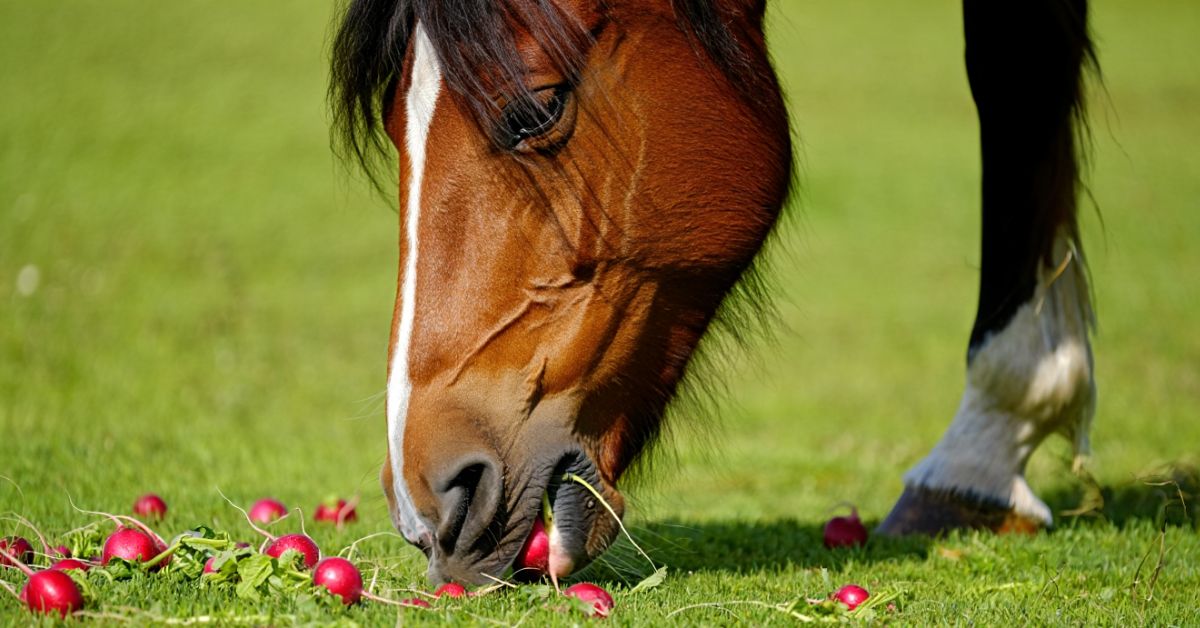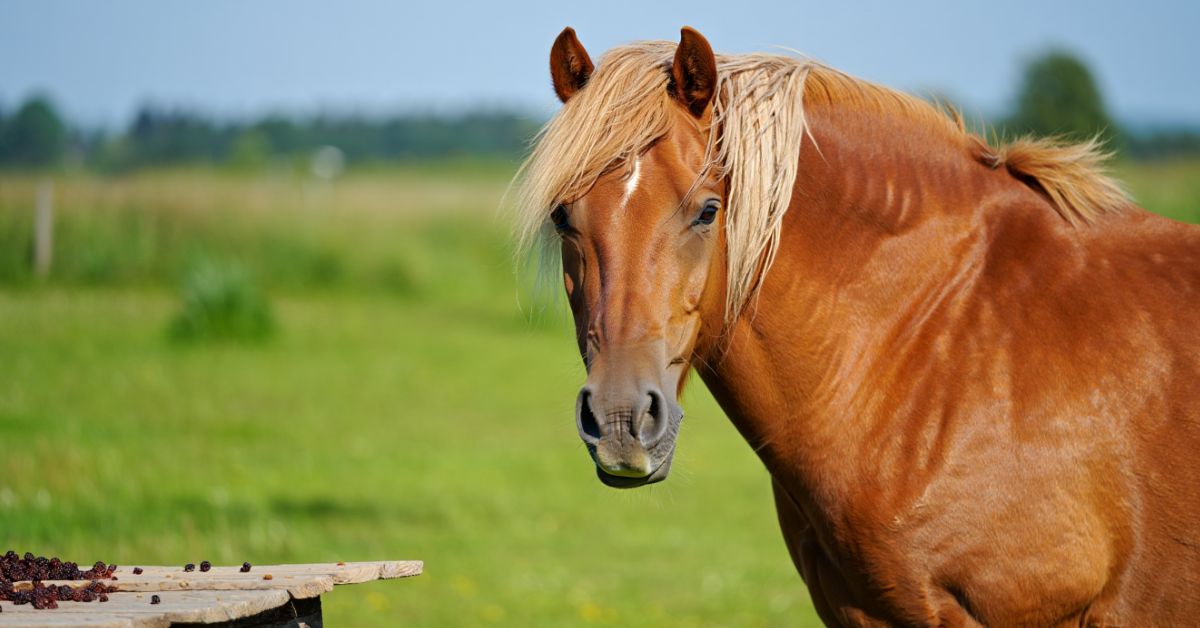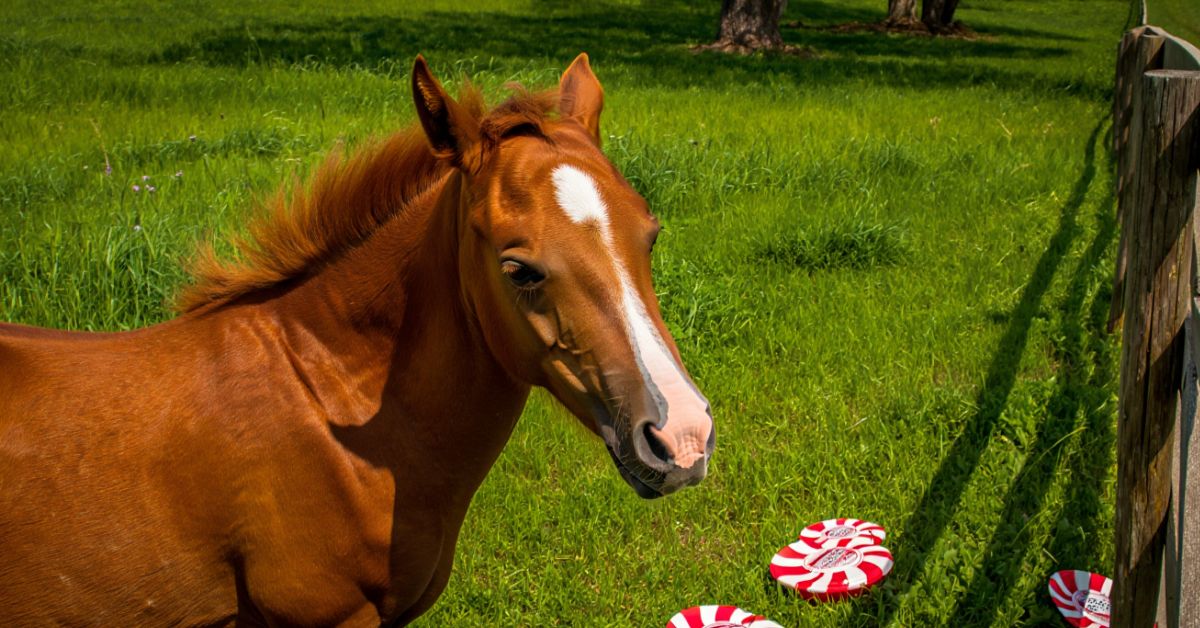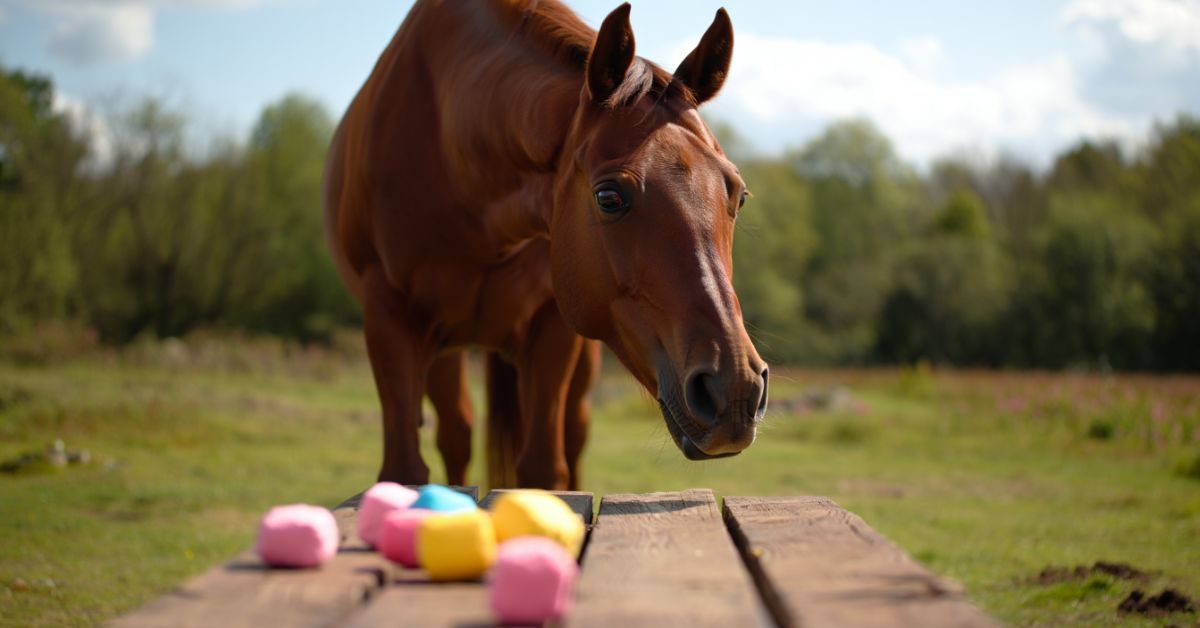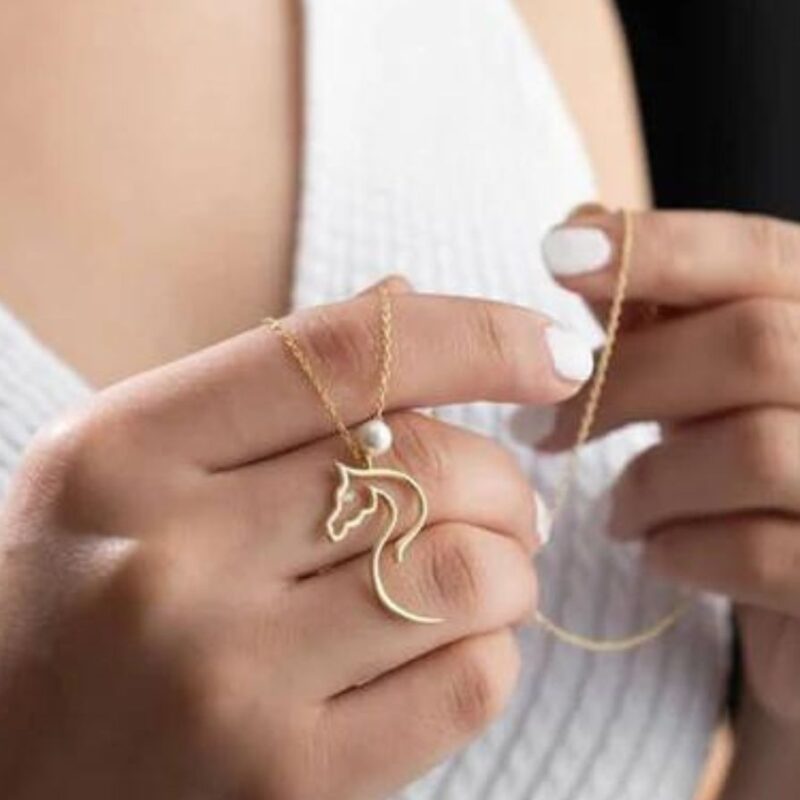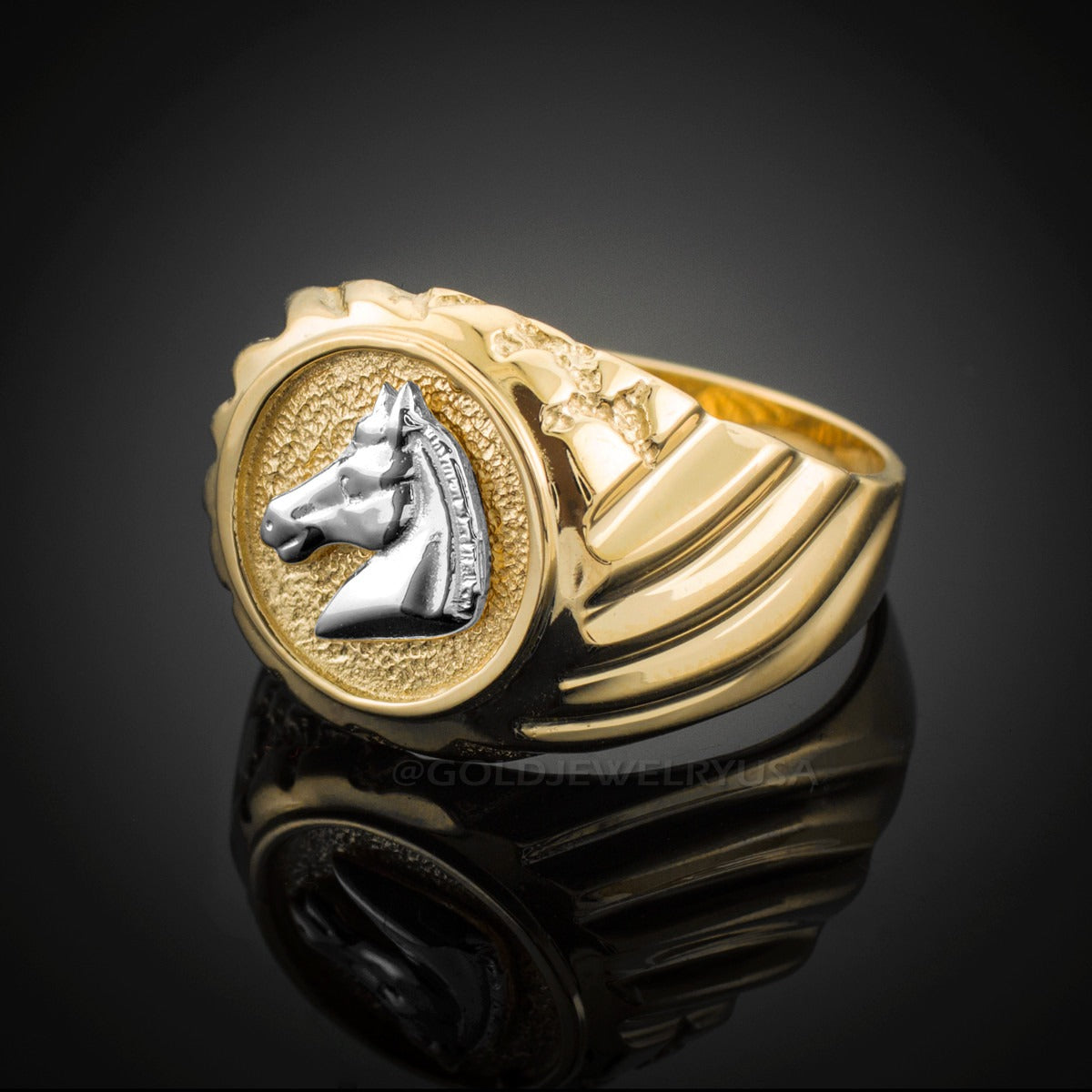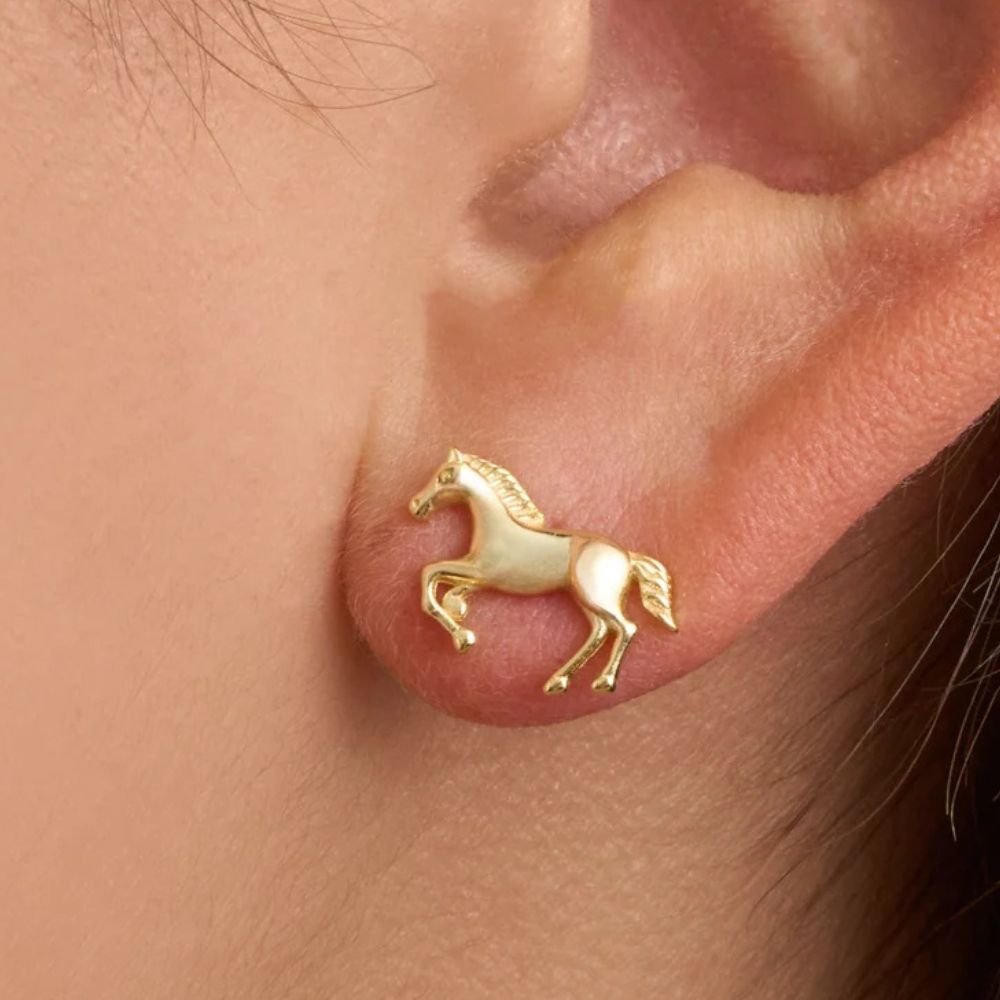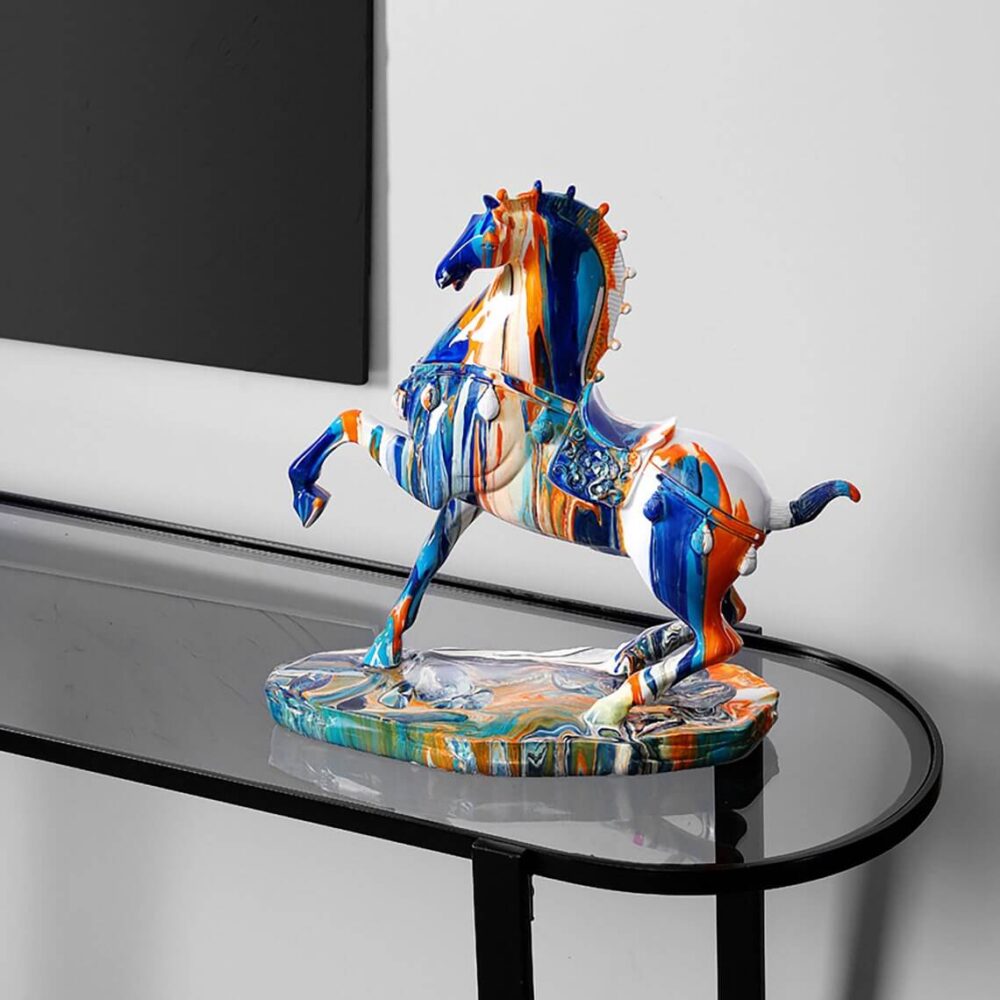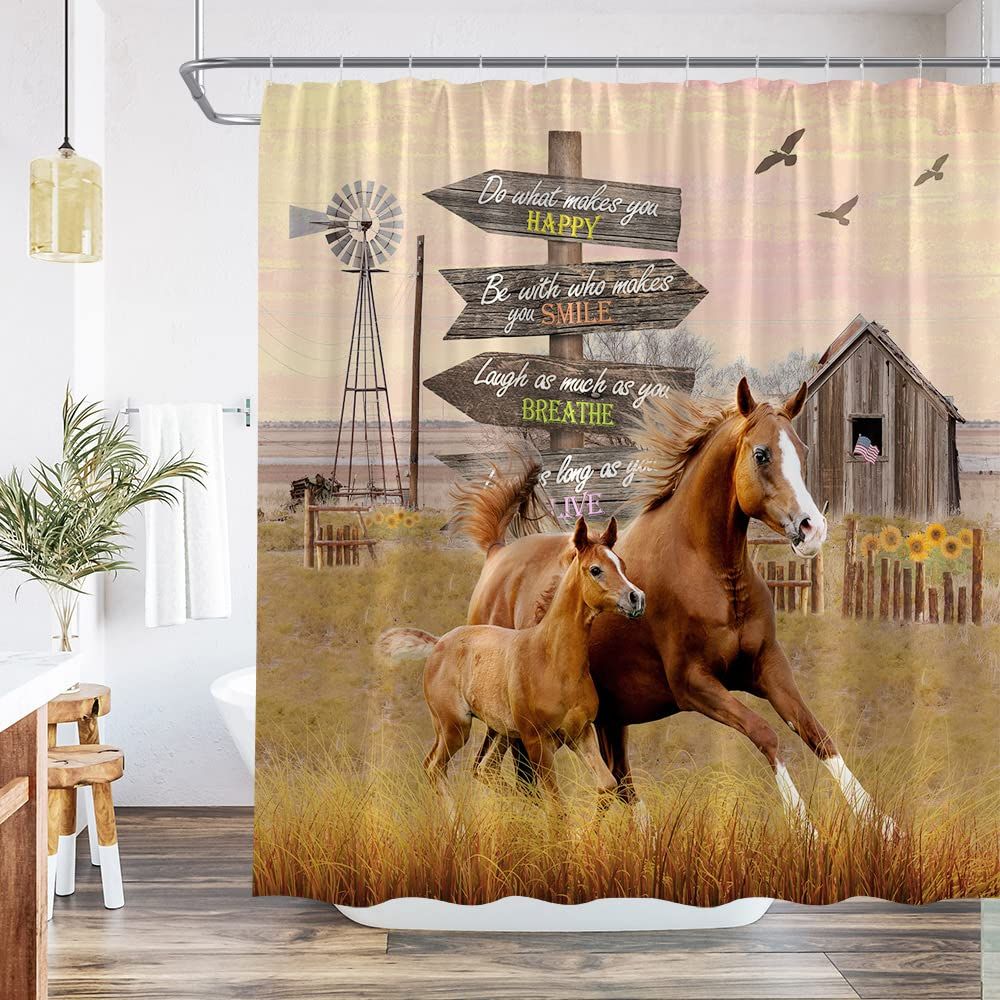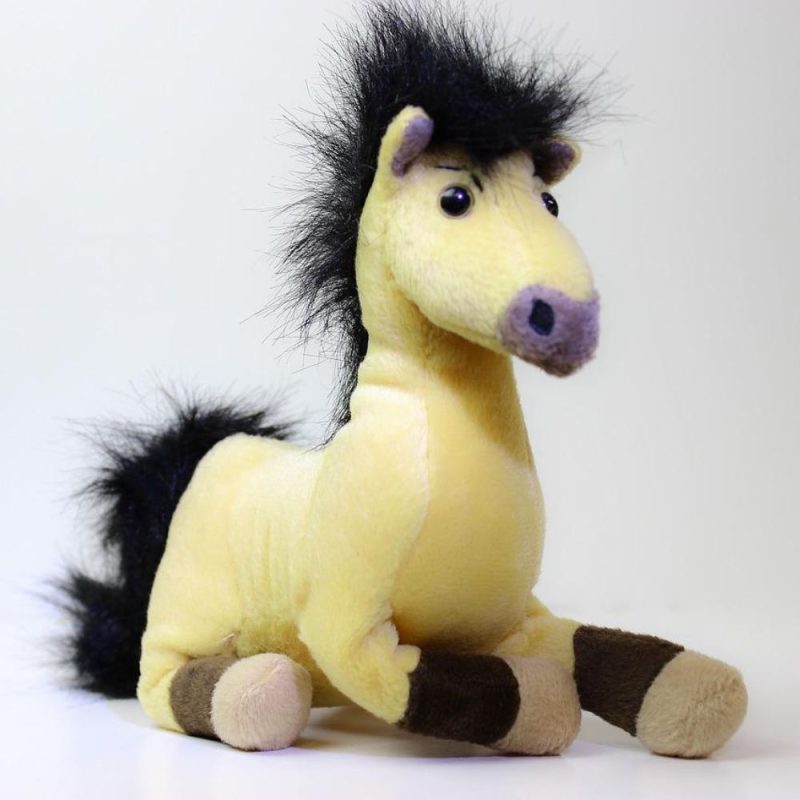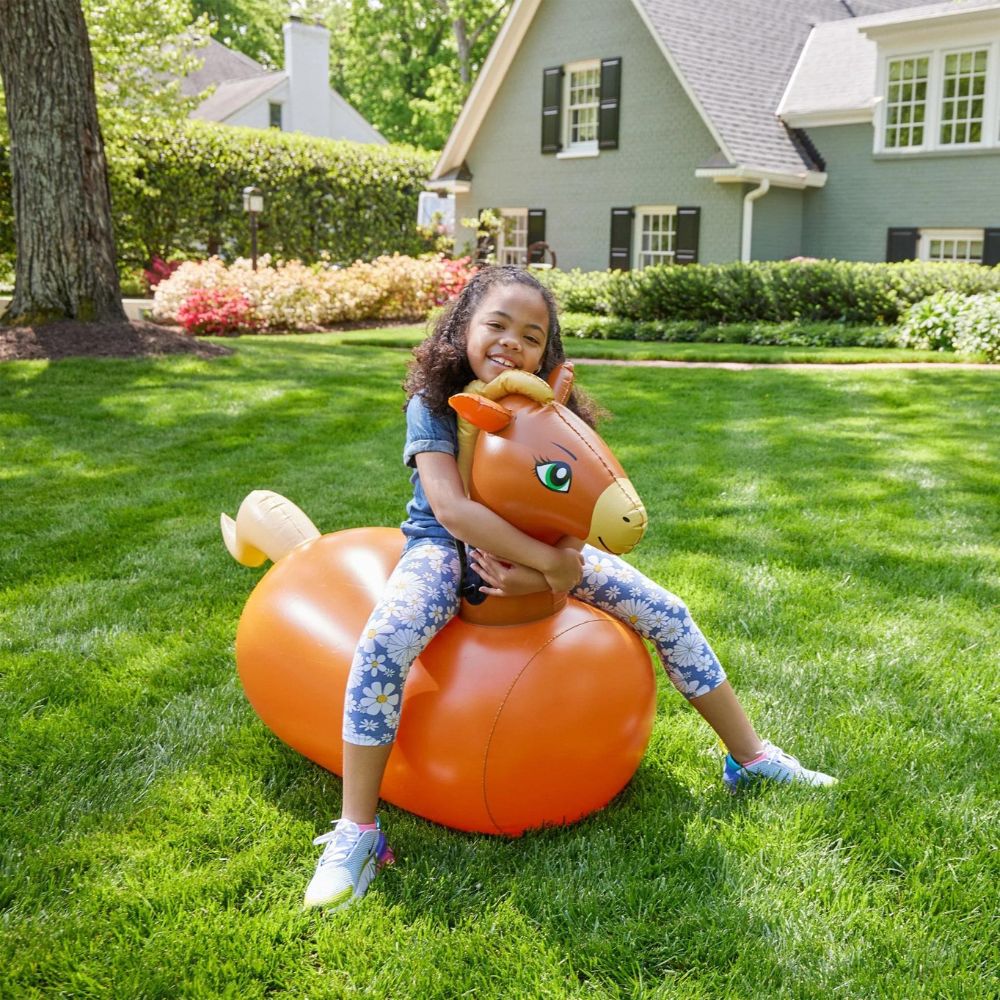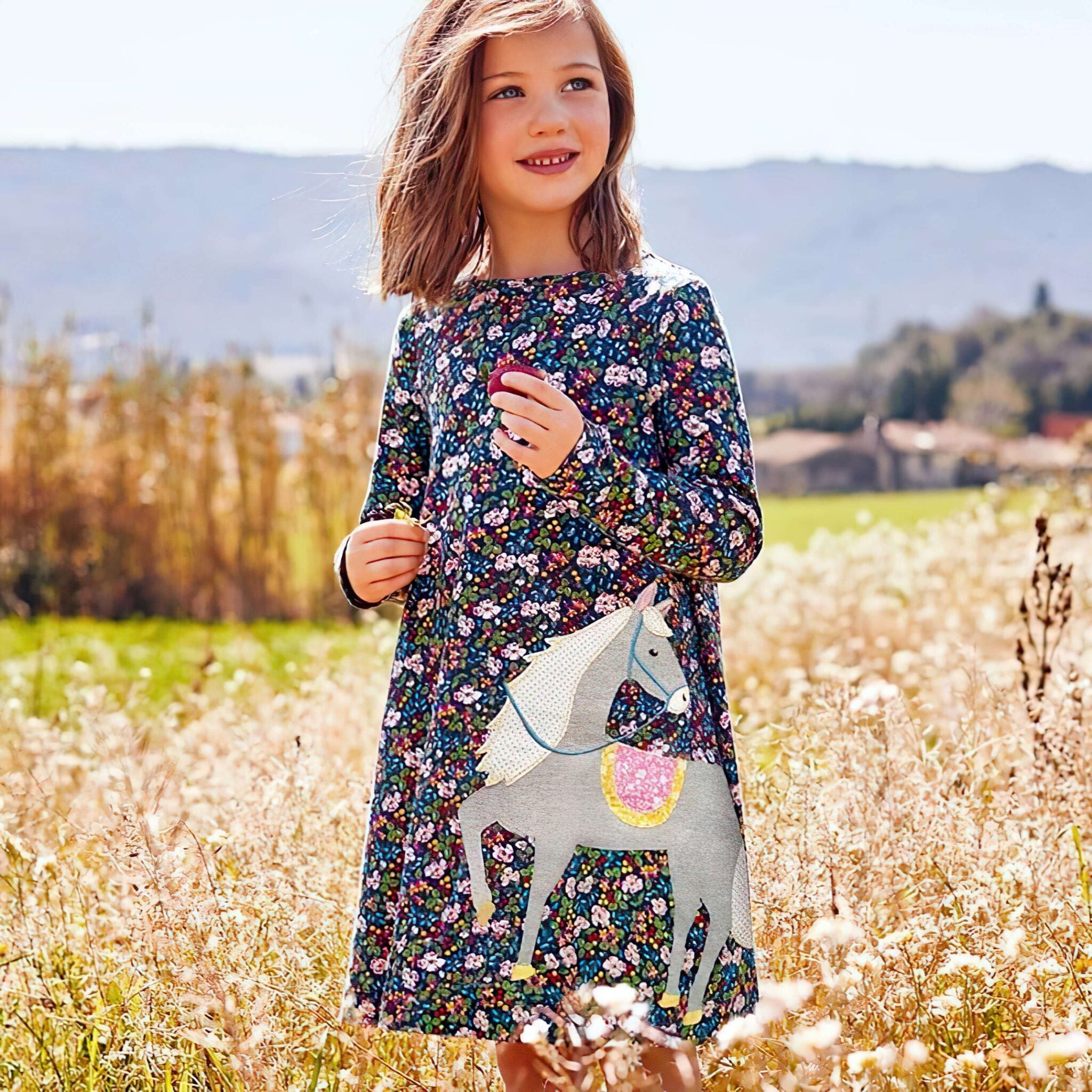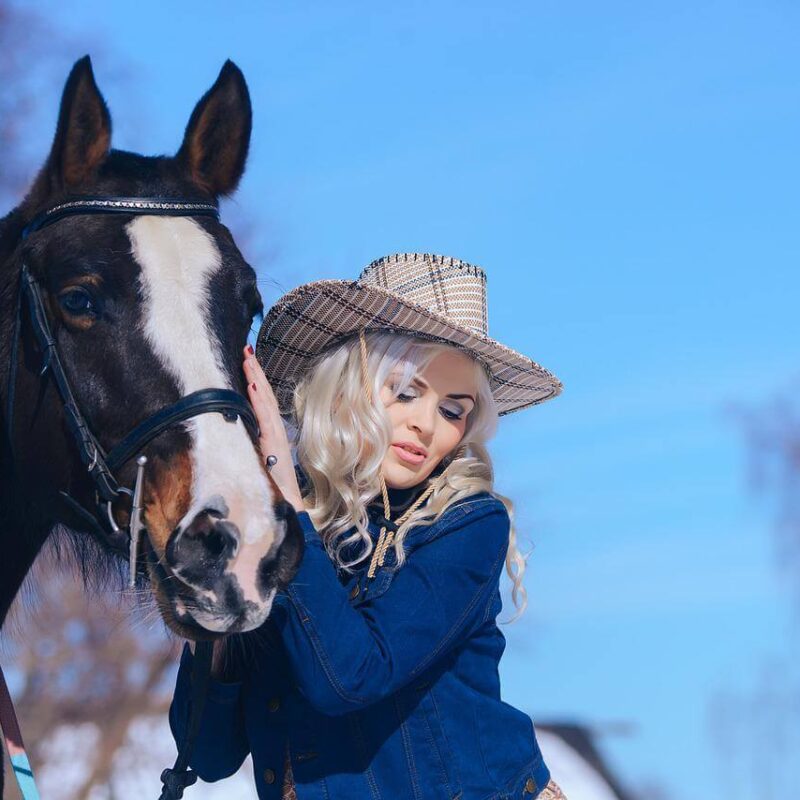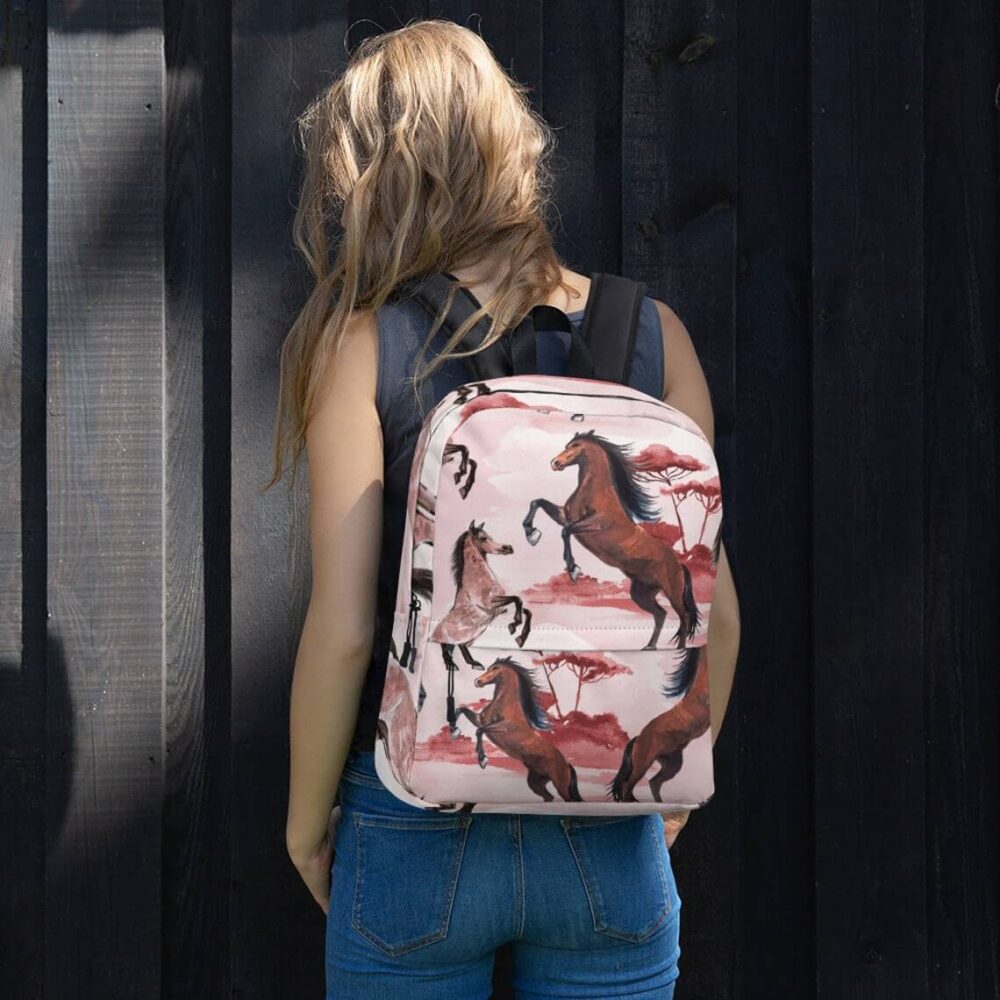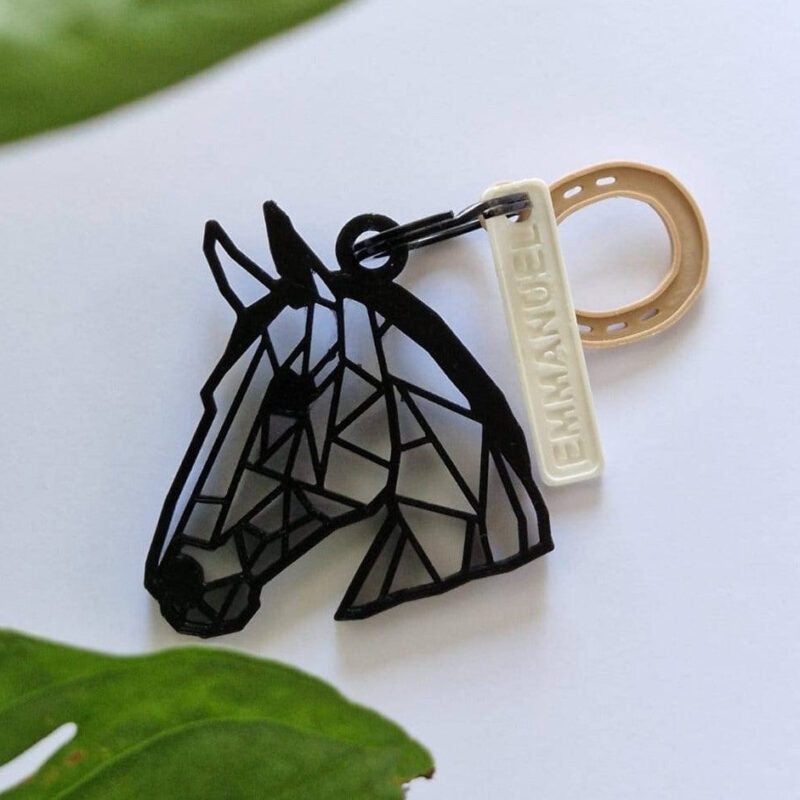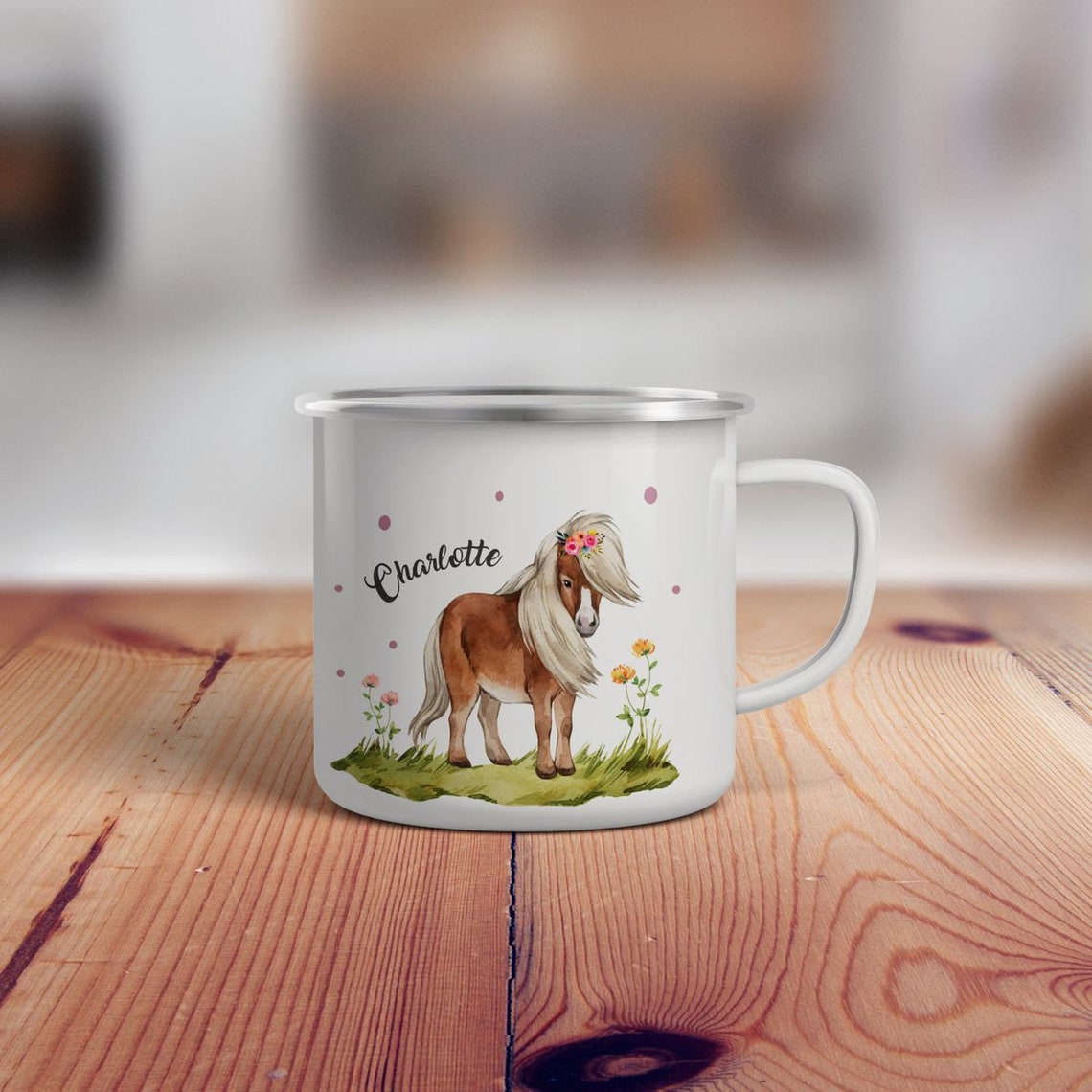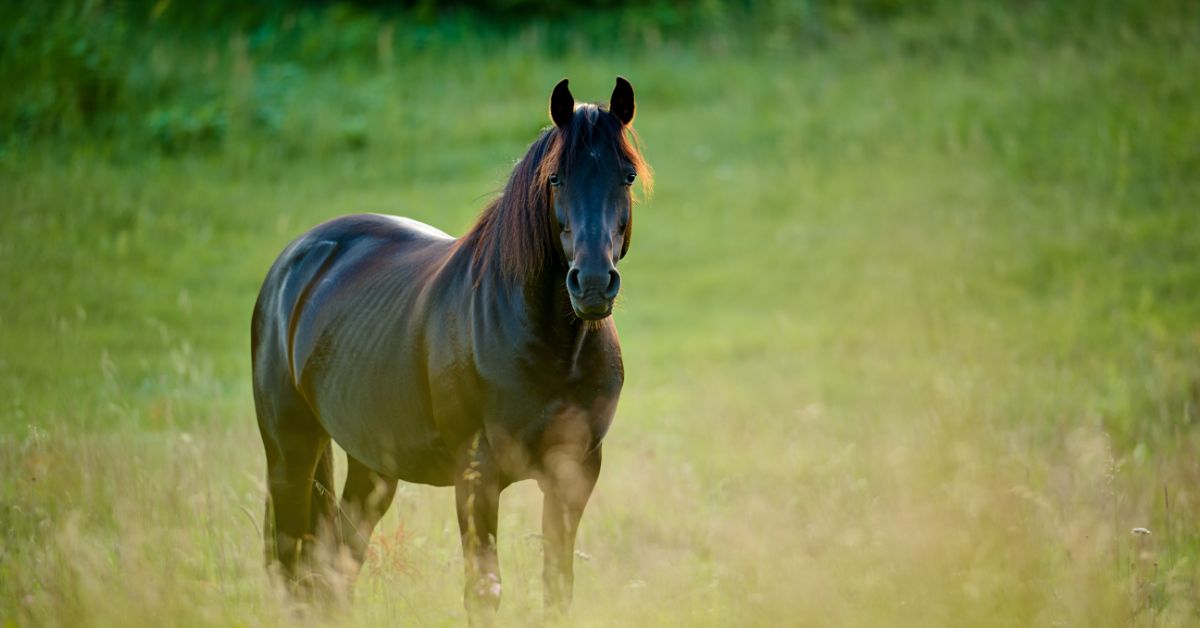
What is a Green Horse? Complete Guide for Equestrians & Horse Lovers
So, what is a green horse? Let me get straight to the point: a green horse is an inexperienced equine that's either just starting under saddle or has limited training and riding exposure. Think of it like a rookie athlete—they've got potential and natural ability, but they haven't developed the skills, confidence, or polish that comes with experience. A green horse might know the basics, but they're still figuring out what's expected of them in the saddle. They can be any age, though most are young, and they require patient, consistent handling from someone who understands horse training terminology and the journey ahead. Whether you're considering buying a green horse or simply curious about equine training levels, understanding what "green" truly means is crucial for any horse enthusiast who wants to make informed decisions about their equestrian journey.
Understanding the Green Horse Definition 🌱
Let's dive deeper into the green horse definition. The term "green" in the equestrian world doesn't refer to color—it's all about experience level. What does green horse mean in practical terms? It describes a horse that's relatively untrained or minimally trained, someone who's just beginning their education under saddle or has received only basic training for horses.
The green horse definition can actually cover a pretty wide spectrum. On one end, you might have a completely unbroken horse that's never felt a saddle or bridle. On the other end, you could have a green broke horse that's had perhaps 30-90 days of training and can walk, trot, and canter with a rider but lacks refinement and experience in different situations.
Here's something interesting: according to a 2023 survey by the American Association of Equine Practitioners, approximately 42% of horse owners underestimate the time and expertise required to work with a novice horse. This gap in understanding can lead to frustration and even dangerous situations.
Different Stages of "Green"
When we talk about a novice horse, we're really discussing various horse maturity stages and training progression:
The Completely Unstarted Horse: This is an unbroken horse that hasn't been introduced to tack or riding. All their learning lies ahead, starting with groundwork for green horses and foundation training horse principles.
The Started But Not Finished Horse: This equine has had first rides on a horse experience, maybe 30-60 days of professional training, but they're still incredibly green. They know the basics but need miles and exposure.
The Green Broke Horse: This horse has more training—perhaps the first 90 days of training—and can perform basic maneuvers, but they lack consistency and confidence in new environments.
As legendary horseman Ray Hunt once said, "Make the wrong thing difficult and the right thing easy." This philosophy is essential when working with any green horse at any stage.
The Reality of Young Horse Training & What to Expect 🎯
Young horse training is both an art and a science. When you're starting a horse under saddle, you're essentially teaching them an entirely new language while building their physical and mental strength. It's not something that happens overnight, despite what some TV shows might suggest!
The Timeline Reality
Let's talk numbers. Professional trainers typically recommend at least 90-120 days of consistent training before a green horse can be considered safe for a novice rider. But here's the catch—those 90 days of training sessions don't translate to 90 days on the calendar. A realistic horse training schedule might look like this:
-
Month 1: 15-20 sessions of groundwork for green horses (not daily, to prevent mental overload)
-
Month 2: 20-25 sessions introducing tack and first time saddling a horse
-
Month 3: 15-20 short riding sessions with first rides on a horse
-
Month 4-6: 45-60 sessions building consistency and exposure for green horses
That's roughly 95-125 actual training sessions spread over 4-6 months. See the difference? Many people think 90 days means three months of calendar time, but proper training requires rest days and mental processing time for the horse.
Physical and Mental Development
A green horse isn't just lacking education—they're also physically developing. Most horses aren't fully mature until they're 5-7 years old, depending on breed. Starting a horse under saddle too early can cause joint problems, back issues, and behavioral challenges down the road.
In 2022, a study published in the Journal of Equine Veterinary Science found that horses started under saddle after age 4 had 37% fewer lameness issues over their lifetime compared to horses started at age 2 or 3. That's significant!
The Training Progression Horse Journey
Understanding training progression horse development helps set realistic expectations:
Phase 1 - Foundation (Weeks 1-8): Focus on groundwork for green horses, desensitization training, building trust, teaching them to yield to pressure, and introducing basic equipment. This is all about foundation training horse principles.
Phase 2 - Introduction to Riding (Weeks 9-16): Bitting a green horse, getting them comfortable with weight on their back, first time saddling a horse, and those crucial first rides on a horse at the walk.
Phase 3 - Building Skills (Weeks 17-24): Adding trot and canter, developing a green horse to respond to leg cues, introducing outdoor riding and different environments for exposure for green horses.
Phase 4 - Refinement (Months 6-12): Improving responsiveness, adding collection, introducing more challenging terrain and situations, really building their level of training horse capabilities.
Green Horse Temperament & Behavior Patterns
One of the most misunderstood aspects of green horse ownership is temperament. Many people assume a green horse temperament means unpredictable or dangerous, but that's not necessarily true. What's accurate is that green horses are inexperienced, which manifests differently than a trained horse's behavior.
Understanding Horse Behavior Through the Green Lens
Understanding horse behavior in green horses requires recognizing that their reactions come from lack of exposure, not malice. A novice horse might spook at a plastic bag not because they're "bad" but because they haven't learned that plastic bags aren't predators. It's a survival instinct, not disobedience.
Dr. Sue McDonnell, equine behavior expert at the University of Pennsylvania, notes: "Young, inexperienced horses are simply doing what comes naturally—being prey animals. Our job is to help them understand domestic life through patient, consistent education."
Common Green Horse Behaviors
When riding a green horse, you'll likely encounter these typical behaviors:
Inconsistency: One day they're perfect; the next day they act like they've never seen a saddle before. This is normal in beginning riding horse training and reflects their developing neural pathways.
Overreaction: Spooking, jumping sideways, or freezing at unfamiliar objects. This is why exposure for green horses is so crucial—they simply haven't seen enough of the world yet.
Testing Boundaries: Trying to avoid work, refusing to stand still for mounting, or rushing through gates. They're not being defiant; they're figuring out the rules of engagement.
Physical Tension: Hollowing their back, rushing, or moving with stiffness. Warming up a green horse properly and building their topline strength takes months of consistent work.
Mental Overload is Real
Here's something crucial that many people miss: green horses experience mental fatigue much faster than trained horses. Think about learning a new language—after an hour of intensive study, your brain is fried, right? Same principle applies to young horse training.
A productive training session for a green horse might only be 20-30 minutes long. Quality always trumps quantity. Pushing past their mental capacity leads to frustration, anxiety, and even dangerous situations. This is essential green horse safety knowledge.
Cautions with a Green Horse & Safety Considerations ⚠️
Let's get real about green horse safety because this is where rubber meets the road. Riding a green horse or handling a green horse comes with inherent risks that every horse lover needs to understand before committing to this journey.
Who Should Work with Green Horses?
The hard truth? Green horse experience needed is substantial. You need solid rider skill for green horses, which typically means:
-
At least 5-7 years of consistent riding experience across different horses
-
Ability to ride independently at all gaits with good balance and position
-
Understanding of horse behavior and body language
-
Physical fitness and quick reflexes to handle unexpected movements
-
Mental composure when things don't go as planned
-
Access to professional guidance from a qualified trainer
Here's a calculation to consider: If you can only ride 2-3 times per week and you're working with a green horse, you're looking at 12-18 months minimum before that horse becomes reliable for basic trail riding. If you ride 5-6 times per week with professional guidance, you might achieve the same level in 6-9 months.
The Danger of Matching Green with Green
There's an old saying in the horse world: "Green on green makes black and blue." Pairing an inexperienced rider with a novice horse is a recipe for frustration and potential injury. Both need someone experienced to guide them—the horse needs a skilled rider to teach them correctly, and the green rider needs a been-there-done-that horse to learn from.
Statistics from the National Electronic Injury Surveillance System show that riders working with untrained horse or minimally trained horses experience injuries at rates 2.8 times higher than those riding well-trained horses. Those are odds worth taking seriously.
Essential Safety Protocols
When working with a difficult horse or any green horse, these safety measures aren't optional:
Always wear an ASTM-certified helmet—no exceptions, no excuses. Your brain doesn't heal like a broken bone. Use proper footwear with a heel to prevent your foot from slipping through the stirrup. Start every session with groundwork for green horses to assess their mental state that day. Never ride alone when working with a green horse—always have someone nearby. Trust your gut—if something feels off, don't do it. That intuition has kept countless riders safe.
The Cautions with a Green Horse Reality Check
Cautions with a green horse extend beyond just riding safety. These horses require:
Financial Commitment: Budget $300-800 monthly for professional training, plus regular farrier and vet care. Calculate this over 12-18 months and you're looking at $3,600-14,400 investment before they're reliably trained.
Time Commitment: Plan for 5-7 hours weekly minimum including riding, groundwork, and horse care. Miss too many sessions and you'll lose progress—consistency in horse training isn't just important, it's everything.
Emotional Resilience: You'll have setbacks. Days when your green horse seems to have forgotten everything. Weeks where you feel like you're going backward. This journey tests patience like few things in life.
Physical Demands: Handling a green horse requires strength, balance, and stamina. They're unpredictable and can test your physical abilities unexpectedly.
Buying a Green Horse: Is It Right for You? 🤔
Thinking about buying a green horse? This is a massive decision that deserves careful consideration. Let me walk you through what this commitment really means and help you determine if you're truly ready for this adventure.
The Green Horse Owner Guide to Self-Assessment
Before buying a green horse, ask yourself these brutally honest questions:
Experience Level Check
Do you have enough rider skill for green horses? Be truthful—can you maintain your position through unexpected movements? Can you read subtle changes in your horse's body language? Have you successfully ridden multiple different horses? If you're still taking weekly lessons to improve your own skills, you're probably not ready for a green horse.
Support System Evaluation
Do you have access to a qualified trainer who can provide regular guidance? Is there a mentor you can call when things go sideways? Developing a green horse without professional support is like learning surgery from YouTube videos—theoretically possible but practically inadvisable and potentially dangerous.
Financial Reality
Beyond the purchase price, can you afford $5,000-10,000 annually for training, care, and unexpected expenses? A green broke horse might cost $3,000-8,000 to purchase, but the training investment over the next two years could easily triple that initial cost.
Advantages of Buying a Green Horse
Let's look at the potential benefits:
Lower Purchase Price: A novice horse typically costs 30-60% less than a fully trained equivalent. In 2024, a well-bred 4-year-old green horse might cost $5,000-12,000, while a trained 6-year-old of similar quality could be $15,000-30,000.
Blank Slate Potential: You get to shape their training without undoing bad habits from previous owners. If you do it right, you'll have exactly the horse you want.
Deep Partnership: Going through the first 90 days of training and beyond creates a profound bond. You're not just buying a trained horse—you're building a partnership from the ground up.
Personal Growth: Young horse training will make you a better rider, trainer, and horseperson. The skills you'll develop are invaluable.
Disadvantages to Consider Seriously
Now the challenges:
Time Investment: We're talking 2-3 years minimum before you have a reliably trained partner. Can you commit to that timeline? Many people underestimate this and give up after 6-12 months.
Limited Use Initially: For the first year or more, you're training, not trail riding with friends or competing. Your horse isn't ready for those activities yet.
Setbacks and Plateaus: Training progression horse development isn't linear. You'll have weeks where nothing seems to work, and behaviors you thought were solid suddenly disappear.
Risk of Injury: Both to yourself and the horse. Green horse safety concerns are real and constant.
Potential Need for Professional Training: Many owners realize they need to send their green horse to a professional for 60-90 days, which can cost $1,500-3,000 monthly.
The Alternative Path
Sometimes the smarter choice is buying a been-there-done-that horse and volunteering to help a trainer with their green horses. You get the experience of working with a difficult horse without the 24/7 responsibility, and you have a safe, trained horse for your own riding.
Green Horse Buyer's Checklist
If you're committed to buying a green horse, use this checklist:
-
✓ Verified age and breed registration
-
✓ Complete veterinary pre-purchase exam (budget $300-800)
-
✓ Video of horse being handled and ridden by current owner
-
✓ Written training history and timeline
-
✓ Understanding of level of training horse currently possesses
-
✓ Assessment of green horse temperament through multiple visits
-
✓ Trial period arrangement if possible
-
✓ Confirmed trainer availability for ongoing support
-
✓ Appropriate facilities for developing a green horse
-
✓ Realistic budget for next 24 months
H2: Training Methods & Best Practices for Green Horses 🎓
Now let's get into the practical stuff—how do you actually work with a green horse effectively? Understanding proven training methods is crucial whether you're doing it yourself or need to evaluate if your trainer is using sound practices.
Foundation Training Horse Principles
Foundation training horse work is everything. Skip or rush this phase, and you'll pay for it later with behavioral issues and training gaps. This foundation includes:
H3: Groundwork for Green Horses - The Essential Building Blocks
Before you ever think about starting a horse under saddle, you need rock-solid groundwork. This includes:
Leading with respect and responsiveness: Your green horse should walk beside you, stop when you stop, and back up when asked—all without pulling or dragging.
Standing still: Sounds simple, but a horse that can't stand quietly for grooming, tacking, mounting, and vet care is dangerous and frustrating.
Yielding to pressure: Both physical and visual pressure. They need to move away from touch, understand spatial pressure, and respect your personal space.
Desensitization training: Systematic exposure to scary objects, sounds, and sensations. This is crucial exposure for green horses that builds confidence.
Tying safely: A horse that panics when tied can injure themselves seriously. This skill requires patient, gradual training.
Consistency in Horse Training - The Non-Negotiable Rule
Here's where many people fail with green horse training: inconsistency. Consistency in horse training means:
Same cues, same expectations, every single time: If you ask for a trot with a kiss today, a cluck tomorrow, and a leg squeeze next week, your novice horse will be confused and frustrated.
Same person doing primary training initially: While exposure to different riders is eventually important, the first 60-90 days should primarily involve one skilled rider to establish clear communication.
Regular schedule: Horses thrive on routine. Training sessions at relatively consistent times help them mentally prepare and retain lessons better.
Immediate corrections and rewards: The window for associating consequence with action is about 3 seconds in horses. Miss that window and you're teaching the wrong lesson.
The Critical First Time Saddling a Horse
First time saddling a horse is a milestone that requires patience and preparation. Rush this and you risk creating a cinch-sour horse that panics when you tighten the girth. The process should take several sessions:
Session 1: Introduce the saddle pad, let them smell it, rub it all over their body, reward calmness.
Session 2-3: Place pad on back, remove it, repeat until they're bored with the process.
Session 4-5: Introduce the saddle without cinching, just laying it on their back, then removing it.
Session 6-8: Gradually cinch the saddle, first loosely, then snugger over multiple sessions.
Session 9-10: Lunge with saddle to let them work out any tension or anxiety.
This might seem excessive, but creating a positive association with saddling prevents years of problems. As Buck Brannaman wisely stated, "The horse is a mirror to your soul, and sometimes you might not like what you see in the mirror." Your patience—or lack thereof—will be reflected in your horse's response.
Bitting a Green Horse Correctly
Bitting a green horse is another critical milestone that's often rushed. The bit represents control and communication, but in the wrong hands or introduced incorrectly, it represents pain and confusion.
Start with a simple, smooth snaffle bit—nothing harsh or complex. Before introducing the bit, your green horse should already be comfortable with:
-
A halter and lead rope
-
Pressure and release concepts
-
Having their face, ears, and mouth touched
-
Opening their mouth on cue for deworming
The bit introduction process mirrors the saddling timeline—gradual, patient, and reward-based. Let them wear the bit for 10-15 minutes while eating hay to create positive associations before ever attaching reins or asking for anything.
Horse Readiness for Riding - Key Indicators
How do you know your green horse has achieved horse readiness for riding? Look for these signs:
Confidence and calmness during groundwork: They're not constantly tense, looking for escape routes, or overreacting to normal stimuli.
Physical development: Proper muscle development in the topline, confirmation of adequate bone maturity for their breed (usually 4+ years old).
Consistent responses: They reliably yield to pressure, move forward when asked, and stop when asked—every single time, not just when they feel like it.
Standing for mounting: They can stand like a statue while you get on and off from both sides, fiddle with stirrups, and adjust your position.
Acceptance of tack: No head-tossing during bridling, no tension during saddling, no anxiety about the girth.
Working with a Difficult Horse - When Green Turns Challenging
Sometimes working with a difficult horse becomes necessary when your green horse displays problematic behaviors. First, always rule out pain—have your vet check teeth, back, and overall soundness. Many "behavioral" issues are actually pain responses.
If pain is ruled out, common green horse challenges include:
Rushing: Usually stems from anxiety or trying to escape pressure. Solution involves lots of transitions and changing directions to keep their mind engaged.
Balking or refusing: Often a confidence issue. Break the scary task into smaller components they can succeed at.
Spooking: Normal for green broke horse situations. More exposure, desensitization, and building confidence through successful experiences helps.
Hard to catch: A sign they're associating you with something negative. Make being caught consistently positive with treats and short, enjoyable sessions.
Warming Up a Green Horse Effectively
Warming up a green horse differs significantly from warming up a trained horse. They need more time to mentally prepare and physically loosen up. A proper warm-up includes:
10-15 minutes of groundwork: Reconnect mentally, assess their mood, and get them thinking before adding riding complexity.
Slow, forward movement: Start at walk for at least 10 minutes, allowing muscles to gradually warm up.
Gradual transitions: Don't rush into trot or canter work. Build intensity slowly.
Mental check-ins: If they seem anxious or distracted, return to easier work until they relax.
Imprinting a Foal vs. Starting an Older Green Horse
Quick note on imprinting a foal: This is a completely different process from starting a horse under saddle at age 3-4. Imprinting involves early handling of newborn foals in their first few days of life, establishing positive human interaction from the very beginning. While valuable, it doesn't replace proper training later—it simply makes that training easier by establishing trust early.
Frequently Asked Questions on Green Horses ❓
What does "green broke" mean in horse terms?
Green broke horse refers to a horse that has received basic training under saddle but is still inexperienced and requires further education. They typically know how to walk, trot, and canter with a rider but lack refinement, consistency, and exposure to various situations. Think of it as a horse that's passed the beginner stage but isn't yet intermediate—they're "broke to ride" but still very much in the learning phase. Most green broke horses have received 30-90 days of initial training but need significantly more work to become reliable riding partners.
How long does it take to train a green horse?
Training a green horse to become a safe, reliable riding partner typically takes 12-24 months of consistent work, though this varies based on the horse's temperament, the rider's skill level, and training frequency. The first 90 days of training establishes foundation and basic skills, but true reliability comes from months of consistent riding, exposure to different situations, and progressive training. A horse receiving professional training 5-6 days weekly might progress faster than one worked 2-3 times weekly by an amateur. Remember, training progression horse development isn't just about days in the saddle—it's about quality of training and appropriate exposure over time.
Can a beginner rider handle a green horse?
Honestly? No. Riding a green horse requires experienced riders with solid balance, quick reflexes, good instincts, and the ability to read equine body language. Matching an inexperienced rider with a novice horse creates a dangerous situation for both parties. The rider skill for green horses needed includes 5-7 years of consistent riding experience across different horses. If you're a beginner rider attracted to the lower price point of green horses, invest instead in a well-trained, patient horse that can teach you proper riding skills. Once you've developed solid abilities, then consider working with green horses under professional supervision.
What's the difference between a green horse and an untrained horse?
An untrained horse has received little to no handling or formal education—they may have basic halter training but haven't progressed beyond that. An unbroken horse is completely unstarted and has never been ridden. A green horse has received some training and may be rideable but lacks experience and refinement. Think of it as a spectrum: untrained → green → trained → finished. A green broke horse has progressed beyond "untrained" status because they've been introduced to riding, but they're nowhere near "trained" in the sense of being reliable, balanced, and responsive in various situations.
How do you know if a horse is too green for you?
A horse is too green for your skill level if you consistently feel unsafe, can't predict their reactions, or lack the knowledge to correct problems when they arise. Signs include: you're not confident handling a green horse from the ground; you can't maintain your position when they spook or move unexpectedly; you don't understand horse training terminology and progressive training concepts; you don't have access to regular professional guidance; or you're learning to ride at the same time you're trying to train. Be honest about your green horse experience needed versus what you actually possess. There's no shame in recognizing a horse is beyond your current abilities—it's actually the smartest, safest decision you can make.
What safety equipment is essential when working with green horses?
Essential green horse safety equipment includes an ASTM-certified riding helmet (replace every 5 years or after any impact), sturdy boots with a heel (riding boots or paddock boots, never tennis shoes), proper gloves for better grip and protecting hands, and a safety vest or body protector for riding. For groundwork, wear closed-toe shoes with good traction and consider gloves when lunging. Always have a cell phone accessible in case of emergency, and never work with a green horse alone—have someone nearby who can help if needed. This equipment isn't optional; it's the difference between walking away from a mishap and being seriously injured.
Final Thoughts
Working with a green horse represents one of the most challenging yet rewarding journeys in the equestrian world. Whether you're considering buying a green horse, already developing a green horse, or simply understanding what does green horse mean for your equestrian knowledge, remember that patience, consistency, and realistic expectations are your greatest assets. The green horse definition encompasses so much more than simply "inexperienced"—it represents potential, partnership, and the incredible transformation that happens when horse and human learn together.
At Dream Horse, we celebrate every stage of your equestrian journey, from your first groundwork for green horses session to those triumphant moments when your novice horse finally "gets it." Our commitment to quality extends beyond our products to supporting the entire horse-loving community through education, honest guidance, and exceptional customer service.
Remember, understanding horse behavior, respecting horse maturity stages, and prioritizing green horse safety aren't just best practices—they're the foundation of ethical horsemanship. Whether you're working with a young horse training program or simply deepening your knowledge of equine training levels, your dedication to doing it right makes all the difference.
Express your passion, assert your individuality, and celebrate your unique equestrian style with Dream Horse—because every horse lover deserves products as exceptional as their dedication to these magnificent animals. 🐴💚




